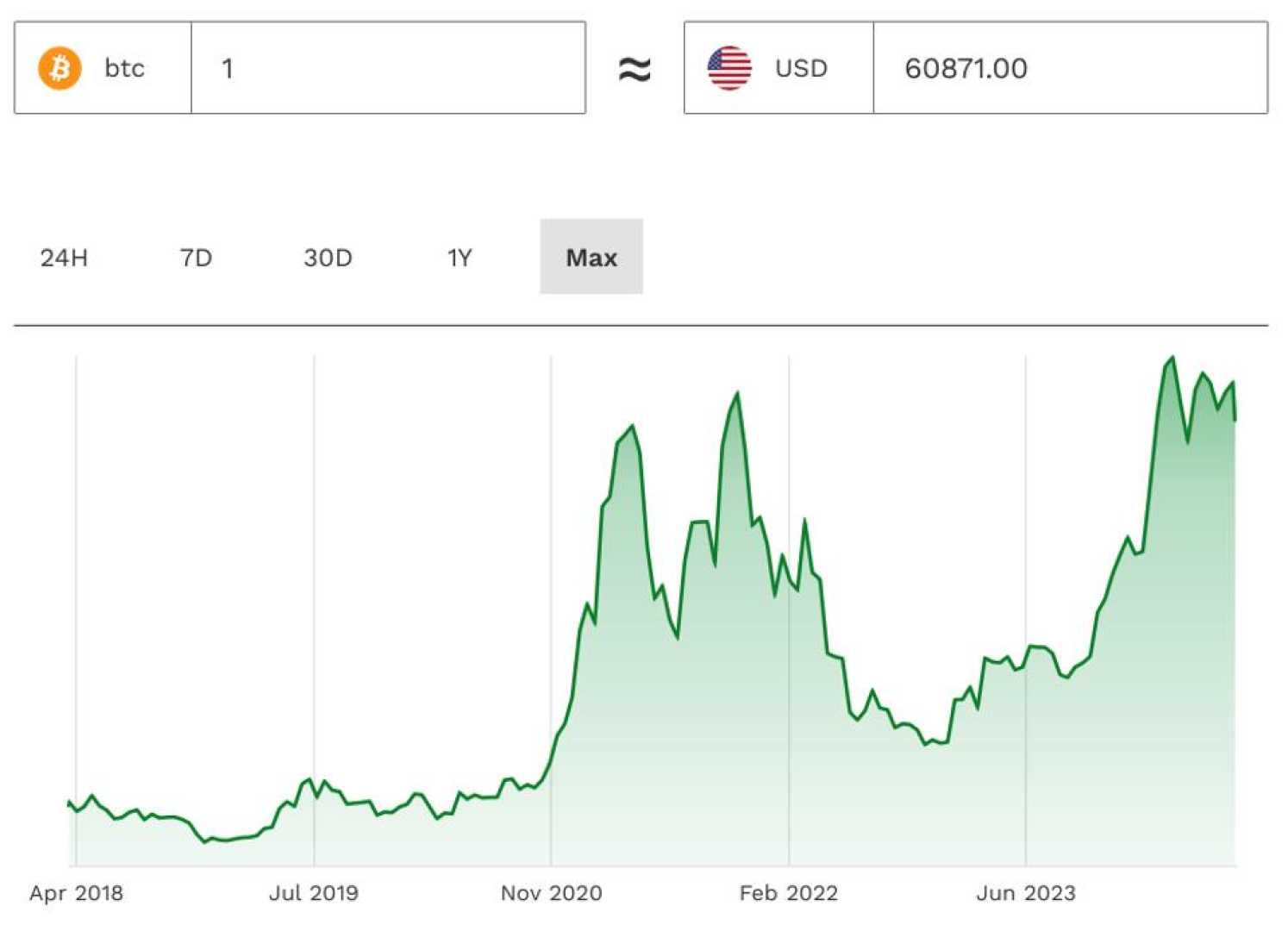Business
Wall Street Faces Crypto Crisis Amid New Legislation Push

NEW YORK, N.Y. — Wall Street is on high alert following drastic fluctuations in Bitcoin and other cryptocurrency prices this week, as lawmakers scramble to introduce comprehensive legislation impacting their future. The situation escalated when former President Donald Trump announced his administration’s plans for a stablecoin bill that could reshape the financial landscape.
“This is an existential threat to the banking industry, as well as to the financial system writ large,” said Arthur Wilmarth, professor emeritus of law at George Washington University, highlighting the potential crisis affecting traditional financial institutions. He warned that taxpayers might ultimately bear the burden of this impending shift.
The proposed legislation comes amid reports that Congress is pushing to pass a stablecoin bill before the August recess. Bo Hines, chair of Trump’s Council of Advisers on Digital Assets, stated last month that the administration is eager to have this bill in place. Currently, the bill being considered in the House would prevent stablecoin issuers from offering interest payments to holders, while a parallel bill in the Senate limits it on certain types of stablecoins but does not impose a total ban.
If approved, the possibility of higher interest rates on stablecoin accounts could attract consumers away from traditional bank accounts, exposing them to risks should cryptocurrency firms face instability. Hina Sattar Joshi, a digital assets sales director at TP ICAP, noted, “Stablecoins are emerging as the first real blockchain use case to be fully integrated into traditional finance” and remarked on the growing institutional interest in such digital assets.
As discussions progress in Congress over the forthcoming stablecoin legislation, stakeholders are keenly aware of the potential implications. The decision could determine whether stablecoins evolve into the primary banking tool for consumers or remain on the periphery of the financial ecosystem.
Brian Armstrong, CEO of Coinbase, emphasized the necessity of a level playing field for banks and crypto firms alike. “The government shouldn’t put its thumb on the scale to benefit one industry over another,” he asserted.
The stablecoin market has rapidly expanded in recent years, led by Tether‘s USDT, currently valued at $144 billion. Major financial players and tech companies, including PayPal and Bank of America, have been launching their own stablecoins, drawn by substantial profits. Tether, for example, reported a $13 billion profit in 2024, bolstered by investments in Bitcoin, gold, and U.S. Treasury bonds.
In a recent statement, Bank of America CEO Brian Moynihan said, “It’s pretty clear there’s going to be a stablecoin. If they make that legal, we’ll go into that business,” indicating a willingness from traditional banking institutions to adapt to these evolving market conditions.
As these legislative moves unfold, the future of cryptocurrency and its intersection with banking is marked by uncertainty but also potential radical transformations in how financial transactions are conducted.












